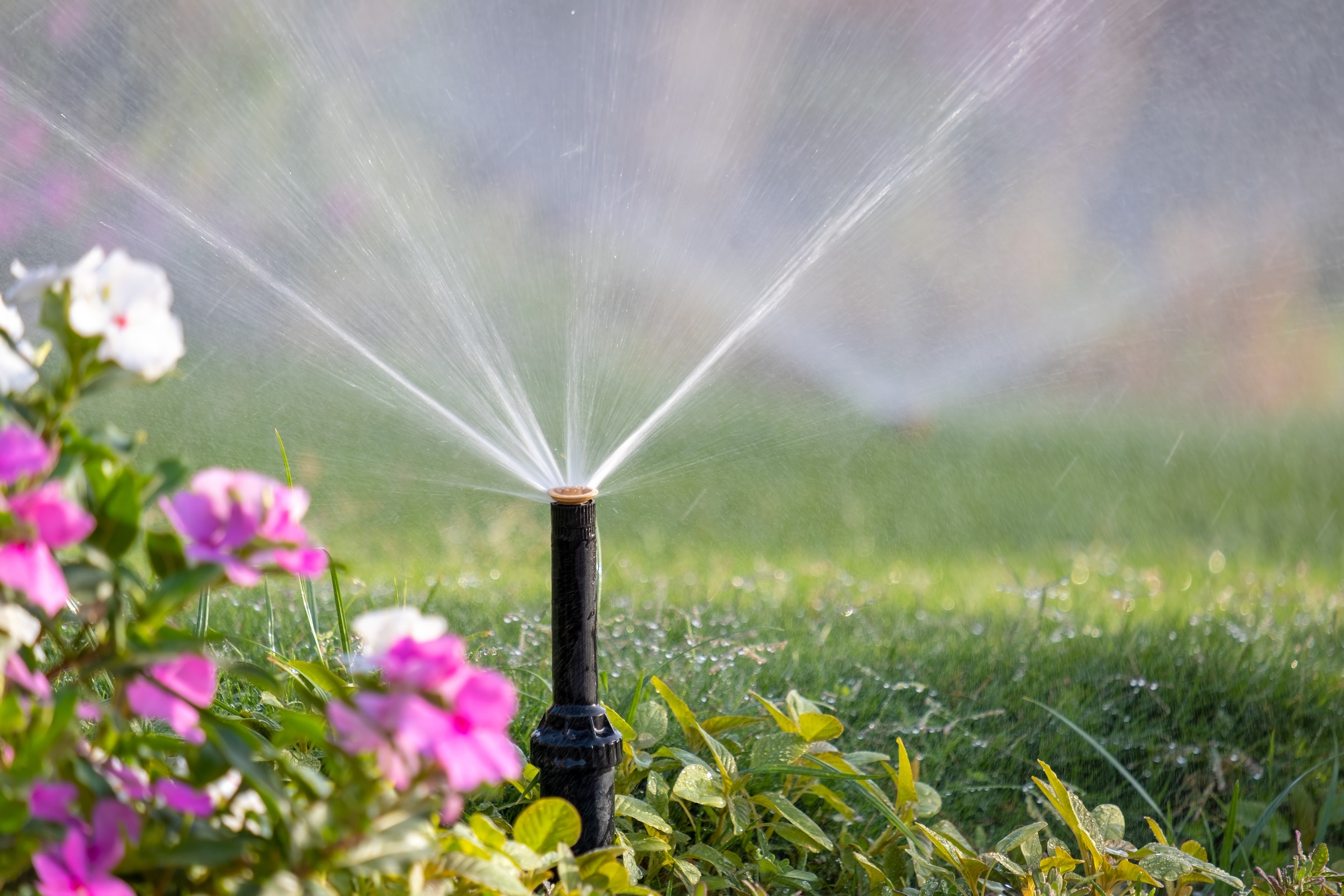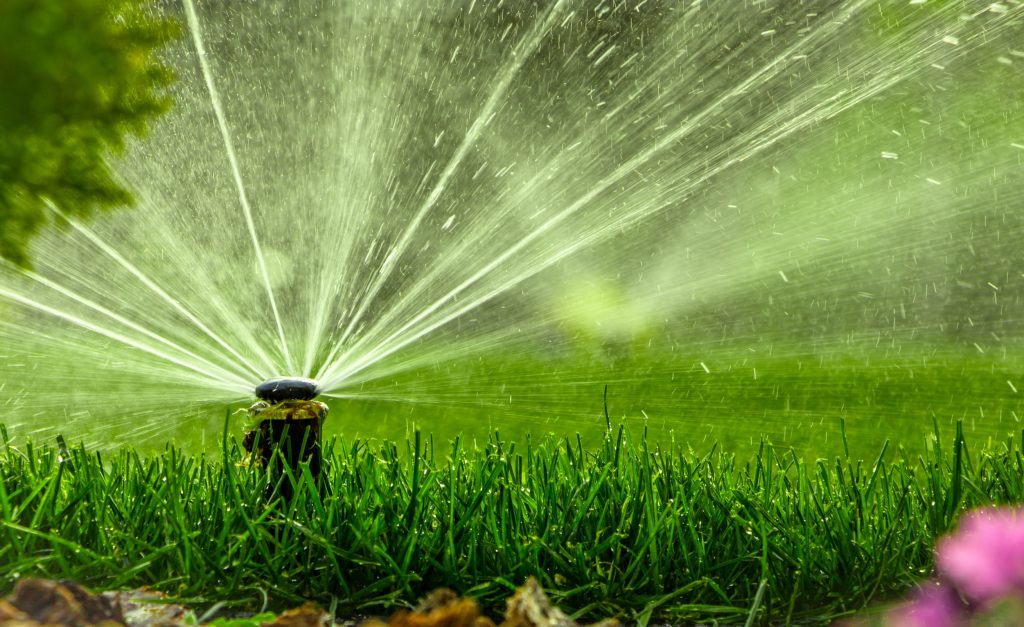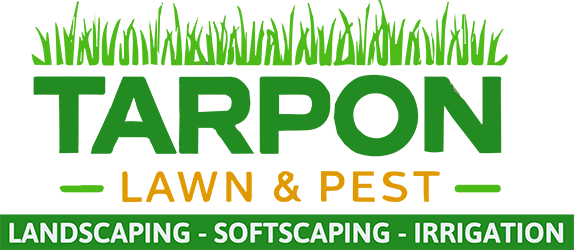IRRIGATION

Residential irrigation refers to the system and practices used to supply water to the plants, lawns, and garden areas in a residential setting.
It’s designed to ensure that these areas receive adequate water to maintain health and appearance, especially in regions where natural rainfall may not be sufficient.
Here’s a closer look at the key components and types of residential irrigation:
Components of Residential Irrigation Systems
1. Water Source: This could be a municipal water supply, a well, or a rainwater collection system.
2. Pipes and Tubing: These distribute water from the source to various parts of the garden or lawn.
3. Valves: These control the flow of water and can be manual or automated.
4. Sprinklers: These are devices that spray water over a designated area. They come in various types, including stationary, oscillating, and rotating.
5. Drip Irrigation: This system delivers water directly to the base of plants through a network of tubes and emitters. It’s particularly efficient for garden beds and potted plants.

6. Controllers: Automated controllers or timers can schedule watering times and durations, making it easier to manage irrigation and conserve water.
7. Rain Sensors: These devices detect rainfall and can automatically adjust or shut off the irrigation system to avoid overwatering.
8. Filters: These remove debris from the water to prevent clogging and ensure efficient operation of the irrigation system.

Types of Residential Irrigation Systems
1. Sprinkler Systems: Commonly used for lawns and large garden areas. They can be either stationary (fixed position) or rotating (moving) and can cover a wide range of areas.
2. Drip Irrigation: Ideal for garden beds, vegetable gardens, and flower beds. It delivers water directly to the plant roots, reducing water waste and improving efficiency.
3. Soaker Hoses: These hoses are porous and allow water to seep out slowly along their length, ideal for rows of plants or garden beds.
4. Flood or Basin Irrigation: Less common in residential settings, this involves creating small basins around plants that are flooded with water.
Benefits of Residential Irrigation
1. Efficiency: Proper irrigation systems ensure that plants receive the right amount of water, reducing waste and improving plant health.
2. Convenience: Automated systems reduce the need for manual watering, saving time and effort.
3. Consistency: Regular, scheduled watering helps maintain a healthy and attractive landscape, even during dry periods.
4. Water Conservation: Modern irrigation systems, especially those with timers and sensors, can help conserve water by delivering it precisely where it’s needed.

Maintenance
Regular maintenance is essential to ensure the system operates efficiently. This includes checking for leaks, cleaning filters, adjusting sprinkler heads, and ensuring that all components are functioning properly.
In summary, residential irrigation is a crucial aspect of maintaining a healthy and attractive garden or lawn, offering efficiency and convenience for homeowners.
